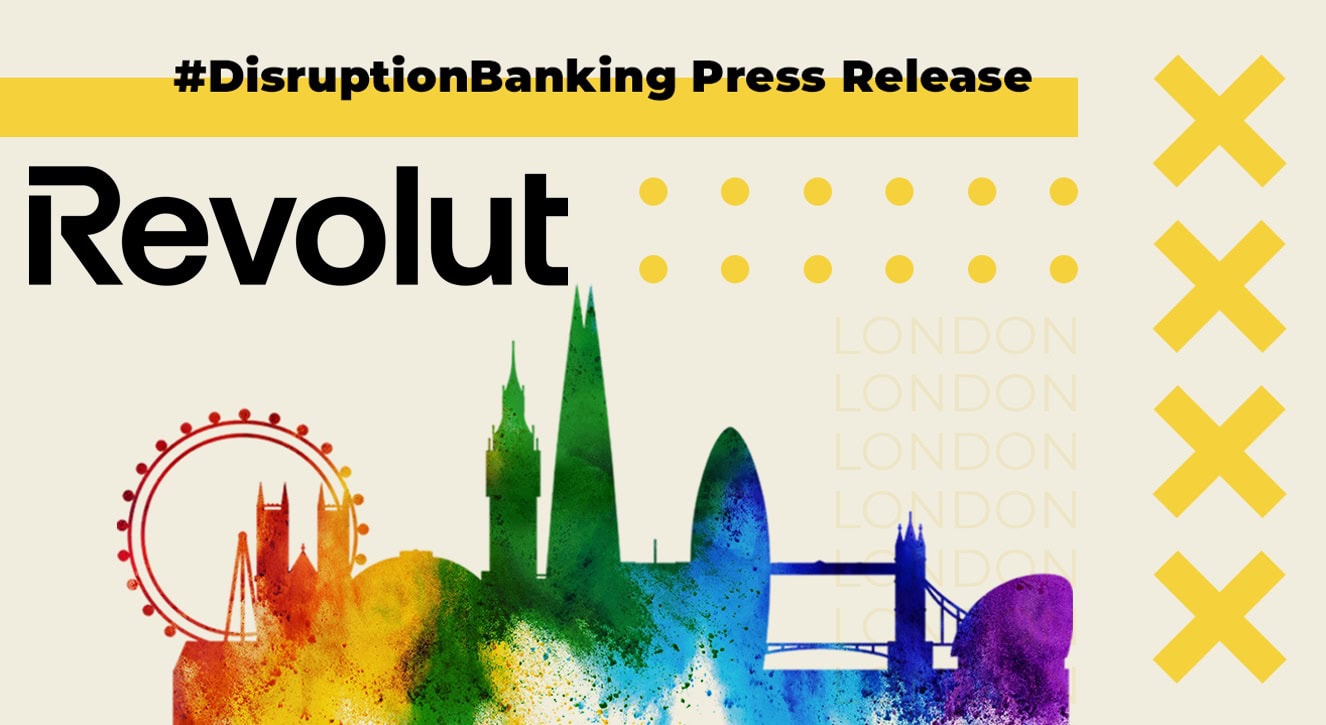The rise of the metaverse is not just about gaming or socializing anymore — it’s becoming a serious playground for industries, including banking. Back in 2022, Gartner predicted that by 2026, 25% of people would spend at least one hour a day in the metaverse. That’s quite a bold claim, but as we find ourselves in 2024, we’re seeing gradual progress toward that reality. While not everyone is rushing to put on VR headsets just yet, more industries are jumping into virtual spaces than ever before with around 400 million users of the metaverse at present.
Recent reports from McKinsey highlight this shift, noting that retail and entertainment are at the forefront of the metaverse boom. Financial services, however, are taking their time, moving cautiously but surely. Yet, make no mistake — banks are eyeing the metaverse with increasing interest. McKinsey notes that the metaverse has transitioned from a futuristic concept to a growing digital ecosystem. Adding that, “with its potential to generate up to $5 trillion in value by 2030, the metaverse is too big for companies to ignore,” especially in areas like DeFi and digital twins.
With the metaverse economy projected to reach $13 trillion by 2030, Openverse marks @ambergroup_io’s venture into Web3 community building.#Metaverse #Web3 #Openverse https://t.co/MwjBEHZv9o
— #DisruptionBanking (@DisruptionBank) May 11, 2022
Banks are already experimenting with virtual branches, customer engagement tools, and blockchain-based assets, positioning themselves for this next frontier in digital innovation. The groundwork is being laid now, and it could forever change how we engage with financial services.
Virtual Banking and Customer Engagement in the Metaverse
We’ve already seen some major banks staking their claim in the virtual world. The market for augmented reality (AR), virtual reality (VR), and mixed reality (MR) is primed to touch more than a quarter of a trillion dollars in 2028. HSBC, for instance, made news in March 2022 when it purchased virtual land in The Sandbox — a popular metaverse platform. This move marked the bank’s entry into the metaverse, aimed at engaging with sports, esports, and gaming communities. HSBC’s plan is simple: engage customers in an interactive, immersive environment.
HSBC’s Chief Marketing Officer for the Asia-Pacific region, Suresh Balaji, said in a statement: “the metaverse is how people will experience Web3, the next generation of the Internet — using immersive technologies like augmented reality, virtual reality, and extended reality.”
HSBC is optimistic about the #metaverse. We're on the verge of seeing a “convergence between digital currencies, #Web3, AI, machine learning and the metaverse – it’s all coming together. And it’s an incredibly powerful tool.”https://t.co/YbevQ2QZ59
— #DisruptionBanking (@DisruptionBank) September 12, 2022
Similarly, JPMorgan took its own dive into the metaverse with the launch of the Onyx Lounge in Decentraland, another virtual world. The bank isn’t just looking at the metaverse for its marketing potential, though. It sees decentralized finance (DeFi) as a critical piece of the future of banking.
Umar Farooq, the CEO of Onyx, remarked, “we don’t see the DeFi space or the public space as a direct competition. It is still limited to the public blockchain and cryptocurrency realm, which is still not the thing that corporate players do. There are some corporates that hold cryptocurrencies like Bitcoin, but they don’t use it as a means of payment. Maybe some hedge funds or asset managers use it as investment, but not in their day-to-day operations.”
And it’s not just Western institutions. South Korea’s KEB Hana Bank entered the metaverse in partnership with The Sandbox in 2022, aiming to attract younger customers, particularly Generation Z through interactive digital experiences in the K-verse. The metaverse has become a key tool for engaging this demographic, which is harder to reach through traditional banking channels. By leveraging the virtual world, KEB Hana Bank aims to offer new forms of banking services and events to appeal to younger generations.
Happy to announce our partnership @TheSandboxGame x Hana Bank, the first Korean bank to enter the Metaverse to offer new experience in K-verse and provide financial services to digital assets holders of the web3 generationhttps://t.co/1YH1yTIjCX pic.twitter.com/OHiqzXhuJr
— Sebastien 🏞 (@borgetsebastien) July 11, 2022
Blockchain Technology Or Full DeFi Adoption?
When it comes to technology, most banks are opting for blockchain integration over full-fledged decentralized finance, and that choice makes sense. Blockchain offers transparency, efficiency, and security, while DeFi remains a regulatory gray area. BNP Paribas and Santander are prime examples of banks using blockchain to tokenize bonds and securities.
BNP Paribas has been actively exploring blockchain technology and tokenized securities. While specific figures on settlement time reductions and cost savings are not publicly available, the bank’s initiatives in this area aim to enhance efficiency and reduce costs for clients.
“We believe there is a lot of potential for efficiency gains in the fund distribution space with blockchain, especially in the near term, given the lack of efficiency,” says Wayne Hughes, head of digital assets, and securities services, at BNP Paribas, “And we do see a growing recognition among the different players out there that digital assets and blockchain are going to be among the important components of the future fund marketplace.”
In contrast, DeFi platforms like Aave or Uniswap operate outside traditional regulatory frameworks, something that has kept major banks on the sidelines. John Whelan, the head of Banco Santander’s blockchain lab in Madrid, speaking during a webinar organized by Fintech Surge and the Future Blockchain Summit, “I could imagine a future where there is a global settlement network for an asset class of securities that operates in a fully controlled, private, permissioned layer-two on top of a public blockchain network.”
Emerging Trends in 2024
On the radar, several emerging trends are starting to shape the future of banking in the metaverse. One of the most significant developments is the integration of digital assets, particularly Central Bank Digital Currencies (CBDCs) and stablecoins. According to PwC’s 2023 Global CBDC and Stablecoin Overview, CBDCs and stablecoins are integral to advancing digital economies, including decentralized systems like Web3. While not explicitly tied to the metaverse, these digital currencies have the potential to support seamless transactions in emerging virtual environments.
JUST IN: Thailand’s largest bank, SCB, is set to open its headquarters in the #metaverse
— Watcher.Guru (@WatcherGuru) March 28, 2022
Source: Bloomberg
Over 90% of central banks are engaged in some form of work on CBDCs, whether in research, experimentation, or pilot arrangements, according to the Bank for International Settlements (BIS) 2023 annual economic reports.
Another trend disrupting the norm is tokenized real estate. In Asia and Europe, banks are exploring ways to allow clients to invest in virtual properties. For example, Nomura is exploring tokenization in Japan through its joint venture with BOOSTRY, primarily focusing on financial instruments. Other major Japanese firms, such as Mitsui & Co, have launched real estate tokenization platforms to democratize access to property investments.
And let’s not forget sustainability. It is becoming top on the list as concerns grow about the environmental impact of blockchain technologies. Banks like BBVA are leading the charge in ensuring their digital transformations are aligned with sustainability goals and green finance principles. BBVA has been actively involved in sustainable finance and blockchain projects.
An article from October 2024 highlighted that all their blockchain-related projects meet sustainability criteria, and the bank is committed to channeling €300 billion into sustainable business by 2025. BBVA also aims to achieve net zero emissions by 2050. Carlos Torres Vila, BBVA’s Director of Sustainability, said, “Our goal is to be net zero in carbon emissions by 2050.”
A report from the World Economic Forum (weforum) and other key organizations highlights that many banks exploring blockchain are leveraging the technology for sustainability initiatives. For example, Ethereum’s transition to proof-of-stake (PoS) has reduced its energy consumption by over 99%, contributing to the broader effort to reduce the environmental footprint of blockchain technologies.
Laying the Groundwork for the Future
As we look toward 2026, it’s clear that banks, and other financial bodies, are laying the groundwork for more robust integration into the metaverse. The global metaverse market is expected to grow at a CAGR of 37.73% during the forecast period of 2024 to 2030, resulting in a market volume of $507.8 billion by 2030.
NEW: Visa is tokenizing assets on Ethereum
— RWA.xyz (@RWA_xyz) October 3, 2024
The largest payments company in the world just announced their tokenization platform.
BBVA, the 2nd biggest bank in Spain, with over €750 BILLION in assets, will use it to launch a stablecoin next year.
The institutions are here. pic.twitter.com/Yh2w5ULre4
In fact, Statista further predicts that by 2030, Metaverse users will reach 2.63 billion. Right now, the focus is on virtual branches, blockchain assets, and early experiments with digital currencies. But as the landscape continues to move forward, we’re likely to see more banks diving deeper into DeFi and virtual engagement.
HSBC, JPMorgan, and KEB Hana are already showing us what the future could look like, with immersive customer engagement and blockchain-backed financial services. By 2025, many financial institutions are expected to explore blockchain, tokenization, and metaverse-related initiatives, with the metaverse market projected to reach up to $400 billion.
“Tokenized financial assets are moving from pilot to at-scale deployment … financial institutions with blockchain capabilities in place will have a strategic advantage,” notes a recent industry report by @McKinsey.
— Chainlink (@chainlink) August 19, 2024
After exploring which asset classes are most ripe for… pic.twitter.com/xUCW9ITtvg
While the metaverse may still feel like a distant unsettled land, financial institutions are getting ready. The pieces are already in motion, and by 2026, we may very well be seeing the financial sector transformed by this brave new digital world. And therefore, it’s safe to say that the financial revolution in the virtual world is just getting started.
Author: Richardson Chinonyerem
#Metaverse #Web3 #Blockchain #Crypto #DigitalAssets #Banking
















One Response
Excellent 👌🏻 angle 😁